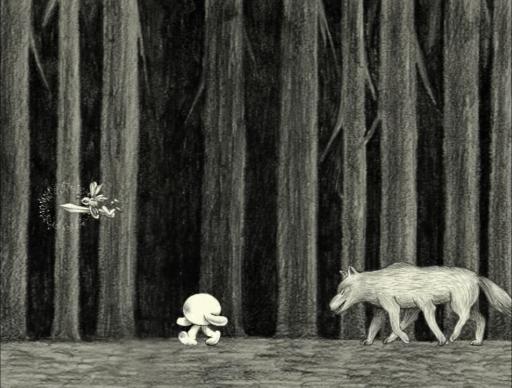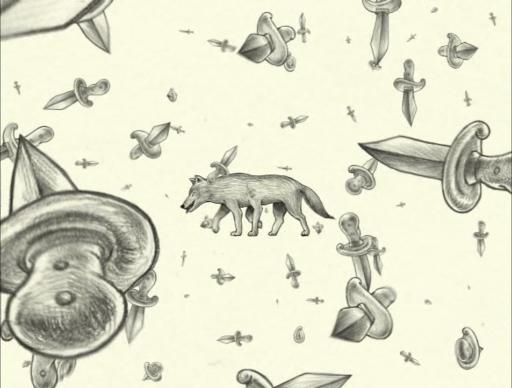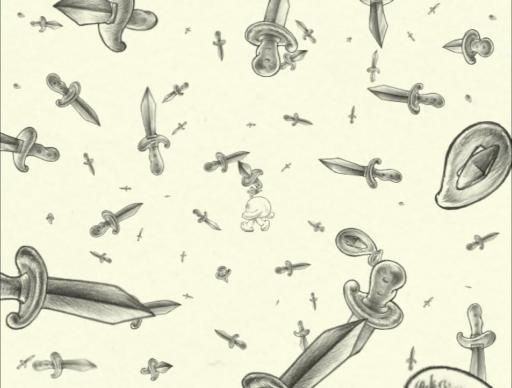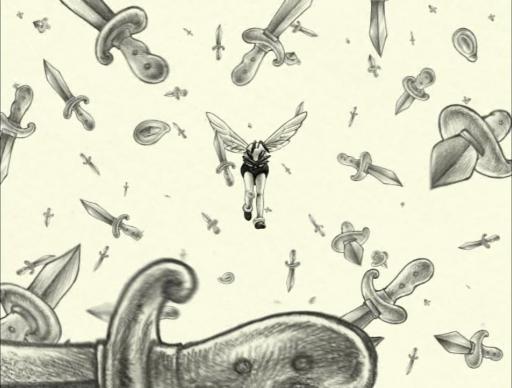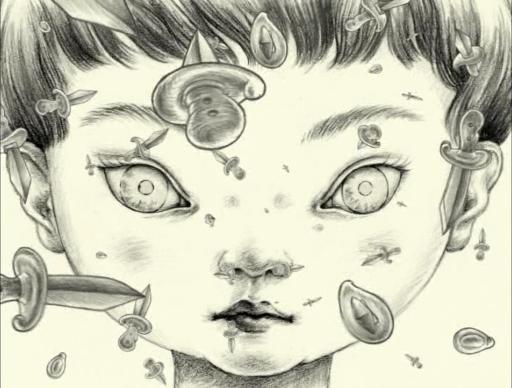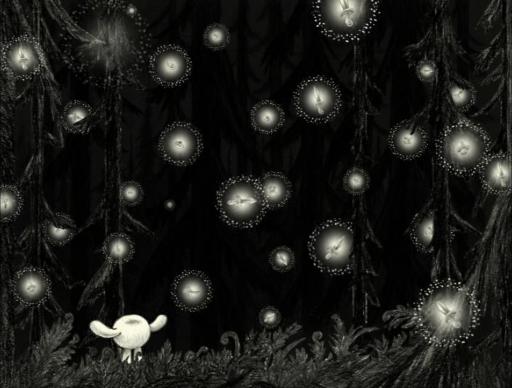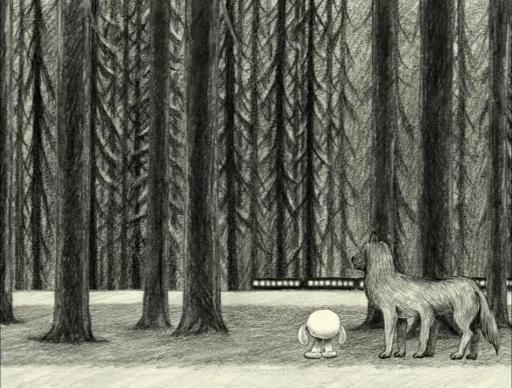mimio-Odyssey, Konoike Tomoko
Artwork Overview
Konoike Tomoko, artist
born 1960
mimio-Odyssey,
2005
Material/technique: single-channel video; 11 minutes 30 seconds
Credit line: Museum purchase: Helen Foresman Spencer Art Acquisition Fund
Accession number: 2010.0194.01.a
Not on display
If you wish to reproduce this image, please submit an image request
